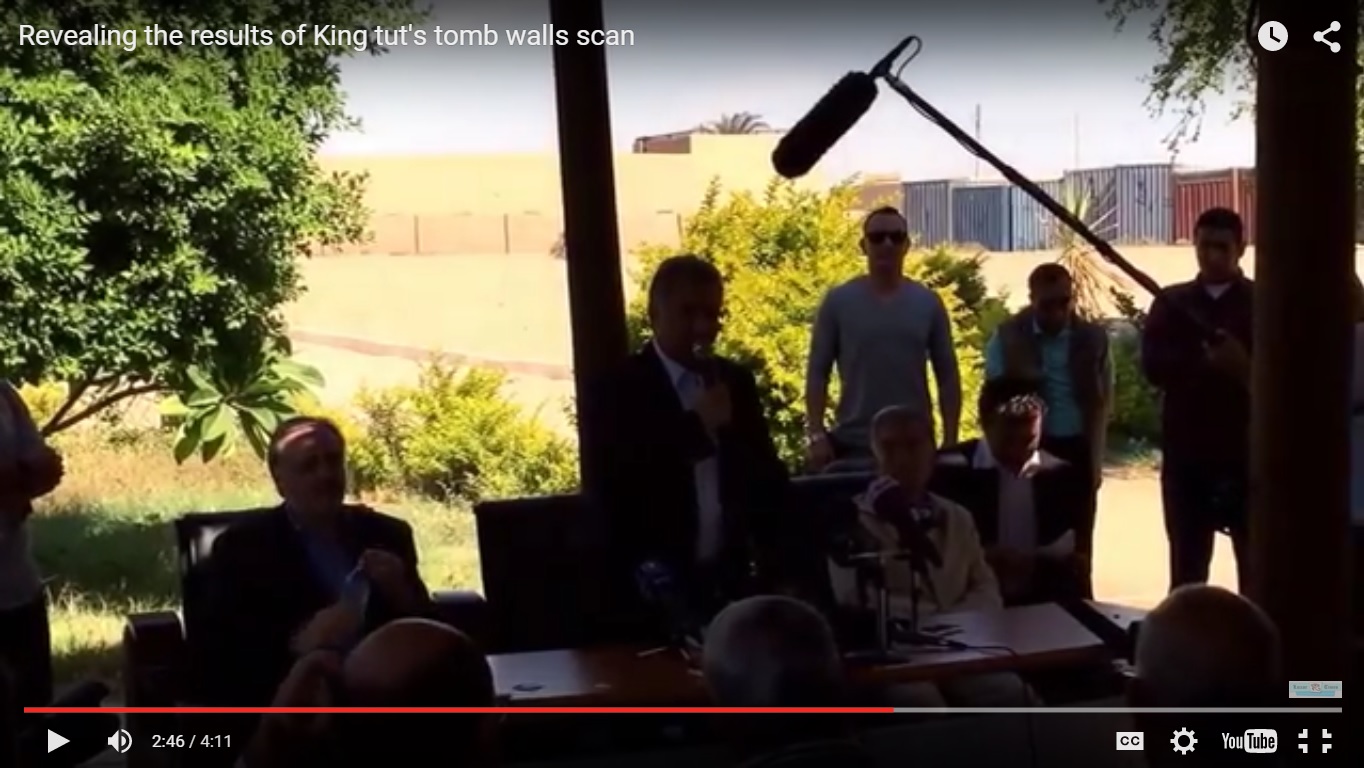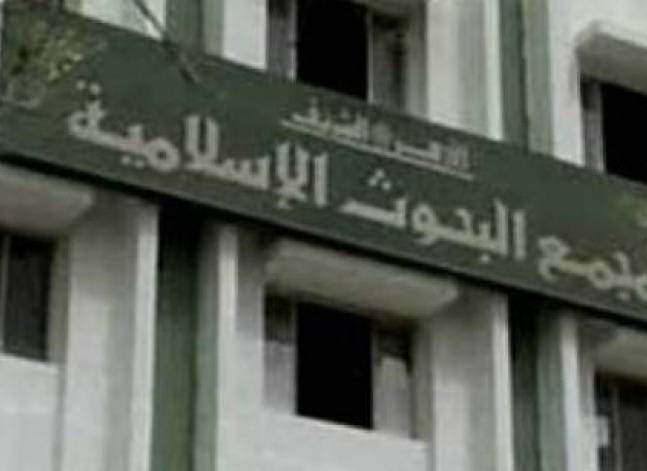Latest NEWS
- Aswat Masriya, the last word
- Roundup of Egypt's press headlines on March 15, 2017
- Roundup of Egypt's press headlines on March 14, 2017
- Former Egyptian President Hosni Mubarak to be released: lawyer
- Roundup of Egypt's press headlines on March 13, 2017
- Egypt's capital set to grow by half a million in 2017
- Egypt's wheat reserves to double with start of harvest -supply min
- Roundup of Egypt's press headlines on March 12, 2017
90 pct chance of archaeological discovery in Tut's tomb - minister

By Hend Kortam
CAIRO, Nov. 28 (Aswat Masriya) - Primary results of a radar scan of boy-king Tutankhamun's burial chamber walls show that there could be a secret "chamber" or a "tomb" behind them, Egypt's antiquities minister said on Saturday.
This may bring the world one step closer to solving the mystery of the disappearance without a trace of elusive Pharoanic Queen Nefertiti, who British archaeologist Nicolas Reeves believes may have been buried in a hidden chamber inside King Tut's tomb.
The walls of the tomb were scanned to test Reeve's hypothesis.
At a press conference in Luxor's Valley of Kings where King Tut's tomb is located, Minister Mamdouh al-Damati accompanied by Reeves, said the "primary results of the scan give us very positive results."
Damati said that there was a "90 percent" chance of a new archeological discovery.
He said that the team started scanning the antechamber of King Tut's tomb, which confirmed what they already knew. Afterwards, they scanned the north, south and west walls of King Tut's burial chamber.
They believe that there might be something behind the west and north walls, particularly the north wall.
The minister emphasised that these are primary results, which will be taken to Japan for analysis for more "accurate" results. The anlaysis process in Japan will take more than a month, he said.
After the data is analysed, an action plan will immediately be announced, according to a statement posted on the ministry's Facebook page.
No step will be taken before the analysis is complete, Damati said, but added that the ongoing exploration work may lead to one of the "most important and greatest archeological discoveries."
Nefertiti, whose name means "a beautiful woman has come", died in mysterious circumstances during a revolution which ended her husband Akhenaten’s rule in the 14th century BC. She and her husband had established the cult of Aten, the sun god.
Tutankhamun ruled between 1361 and 1352 BC and died at 17. His tomb was found by Howard Carter in 1922, in what is often dubbed the discovery of the century because the tomb was found largely intact.










